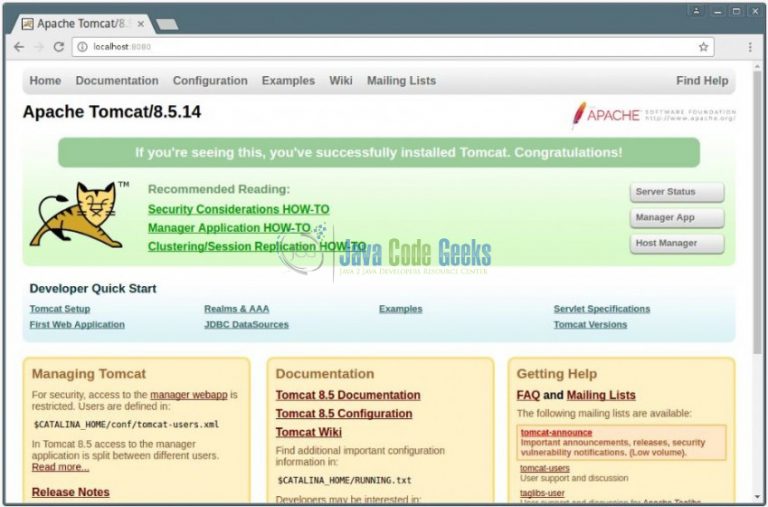

I generate the private key with: openssl genrsa -out mydomain.key 2048 One server where an app in Apache (port 80) and other app in Tomcat(port 8080) are running. But when I create the private key I didn't use a alias, so I'm not sure how to fix this. BUt I cannot make it work.Īs per I was reading, I neet to add the certificate to the keystore, but when I try to do that, the cert is listed as trustedCertEntry and as per the documentation is beucause I'm not using the same alias that I used to generate the private key. So I'm trying to use the same SSL that I'm using in Apache in Tomcat. The issue is that the browser (chrome) is not allowing the site in https consume services from another server (actually it's running in the same server but it's a different app) that is not using SSL. The front end app (built in angularjs) is running in Apache, there I installed the SSL cert and it is working fine, I can access with HTTPS and the browser trust on the cert.īut then this app is consuming some services from another app that is in the SAME server but it's running with Tomcat 8 (as it's an app built in Java). ServletContext.log(.) output is configurable using property .I have a server where it's running Apache and Tomcat. The main script to start Tomcat is $ %-1.1p %m %n. For a single installation, CATALINA_BASE is the same as CATALINA_HOME. Optionally, Tomcat may be configured for multiple instances by defining CATALINA_BASE for each instance. The root directory is known as CATALINA_HOME. Make sure to install the right version depending on the Tomcat version you want to run (see table above). To run Tomcat, you have to first install a Java Runtime Environment (JRE). Servlet 2.5 / JSP 2.1 / EL 2.1 / Java 5 and later

Servlet 3.0 / JSP 2.2 / EL 2.2 / WebSocket 1.1 / Java 6 and later (WebSocket requires Java 7) Servlet 3.1 / JSP 2.3 / EL 3.0 / WebSocket 1.1 / Java 7 and later Go to and in the Download section choose the Tomcat version that fits your requirements and package file depending on your OS.


The quickest way to run Tomcat is to download and run a compiled version.


 0 kommentar(er)
0 kommentar(er)
